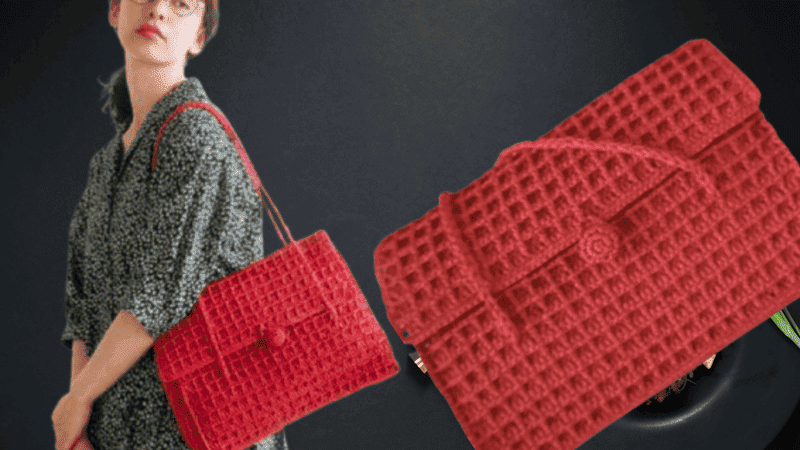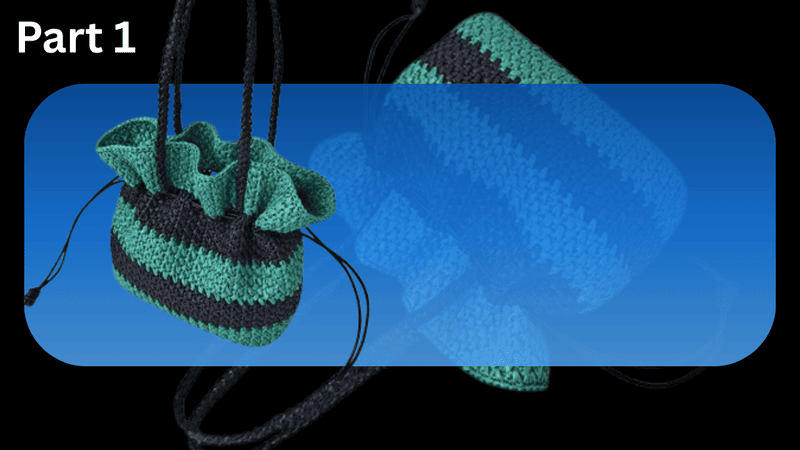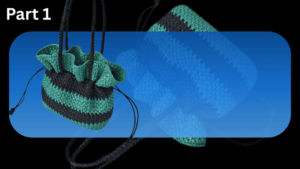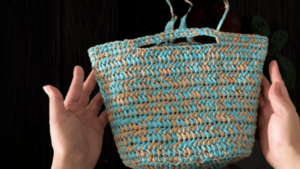Half Double Crochet Decrease: The Complete Beginner’s Guide
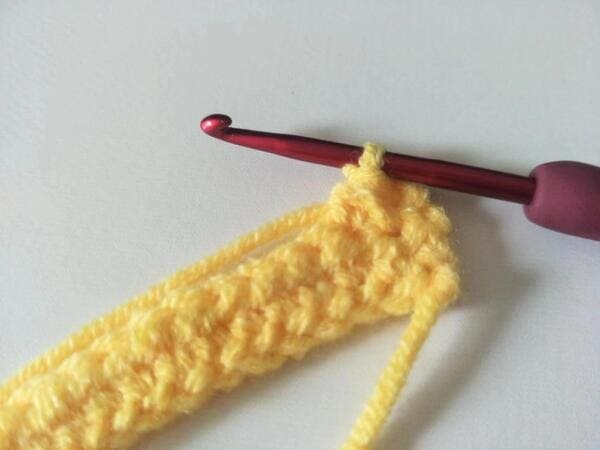
Table of Contents for half double crochet decrease
Half double crochet decrease : every crafter hits that moment when the blanket gets wider than planned .a tidy decrease is the quickest fix. The half double crochet two together, often written hdc2tog, gives us that tidy edge. If the phrase feels new or the how-to seems hazy, you already picked the right page.
I am going over the why, when, material for tool and of course the how, plus a few pitfalls I have bumped into myself. We have got picture and we have definitely got the little quirks to deal with half double crochet decrease.
Please see the articles as below.
What is a half double crochet decrease?
A half double crochet decrease-sometimes shown as hdc dec or hdc2tog-squashes two half double crochets into a single, tidy stitch. so its popular for tucking the tops of hats, tapering sleeves, or closing up the crown of an amigurumi.
Think of the move as fusing two loose stitch into one stitch.
When should we use a half double crochet decrease?
Most of the time I grab a half double crochet decrease when:
- I am rounding the top of a hat and need a smooth crown.
- I am pinching a garments waist to add a little curve.
- I am crocheting in the round and the edge has to taper nicely.
Materials we need
- Choose a yarn in whatever weight feels right.
- Grab a hook that lines up with the label on your skein. a 3.0-mm feels just about perfect with most worsted blends.
- A decent pair of scissors is almost always within reach.
- If you want to tidy the loose yarn, a tapestry needle does the job.
- Marker:you can flag every decrease row as it comes.
How to do a half double crochet decrease ?
Step 1: Yarn Over
Yarn over just like you would for a classic half double crochet. Its the easy motion you probably do without thinking.
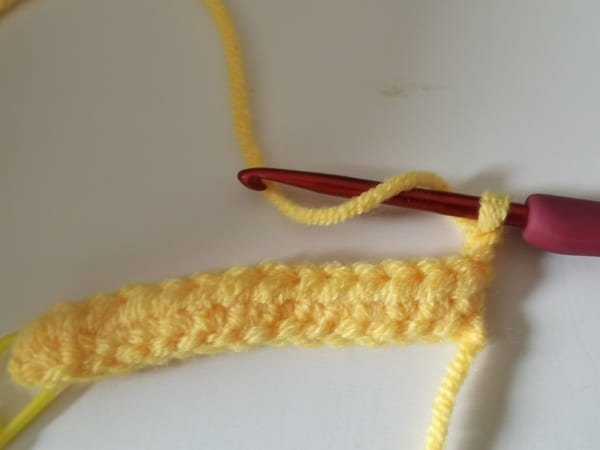
Step 2: Insert Into the First Stitch
Stick your hook into the very next stitch and yarn over again. Pull that loop through so you sit with three strands hanging off the hook.
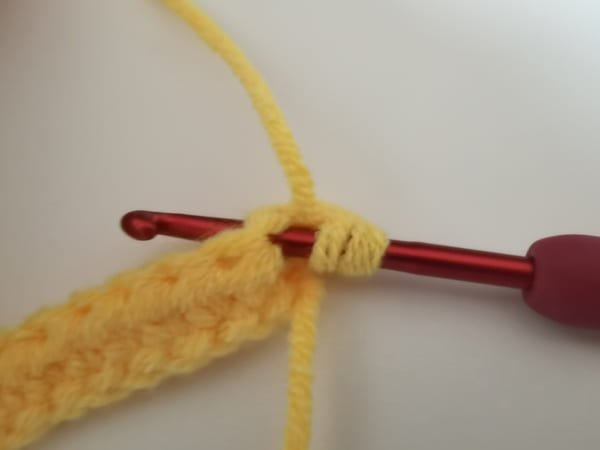
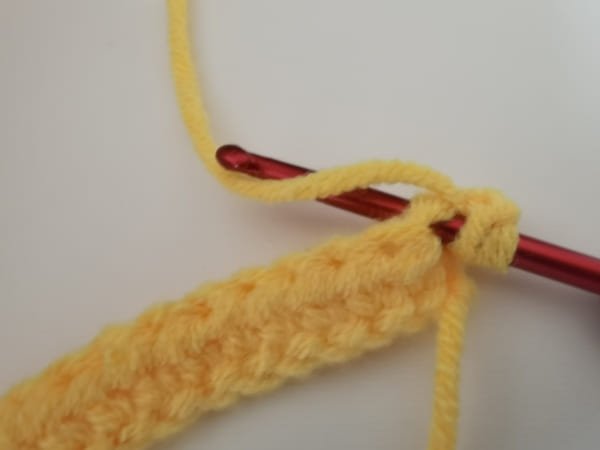
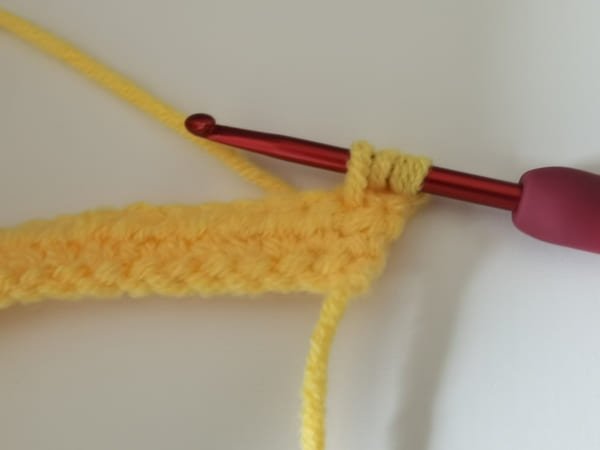
Step 3: Insert Into the Next Stitch
Next, push your hook into the following stitch. Yarn over a second time and haul that loop through; now five loops are poking out.
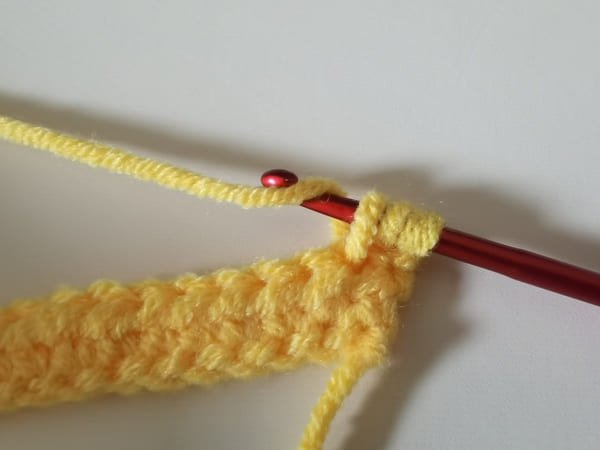
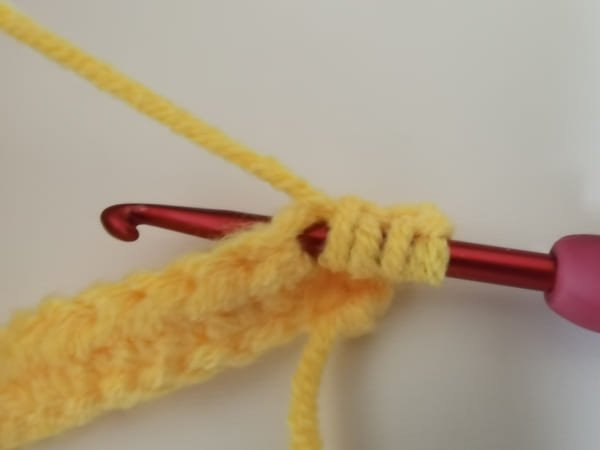
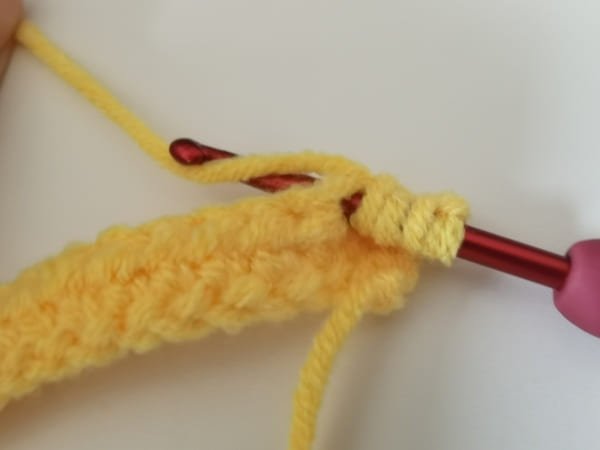
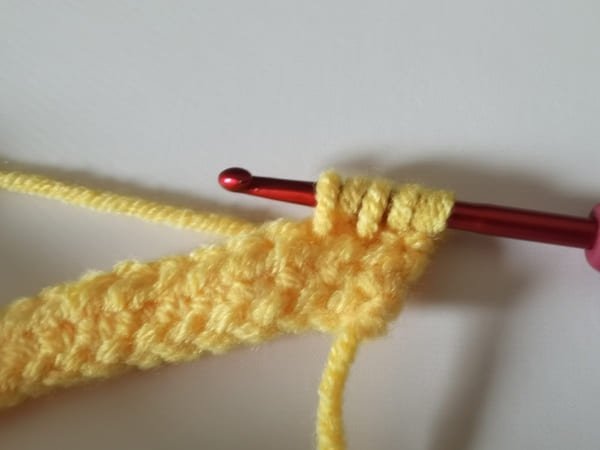
Step 4: Pull Through All Five Loops
Finish by yarning over one last time and dragging the yarn through every single loop on the hook.


🎉 You just whipped up a half double crochet decrease and your project looks neater already.
How do we avoid gaps when doing half double crochet decrease?
Many crafters worry that a tidy decrease will suddenly open up an unsightly hole. To prevent that outcome, several practical measures are useful.
- First, even tension matters; neither yanking the loop into place nor leaving it relaxed is helpful.
- Next, choosing an appropriately supple yarn and a correspondingly sized hook minimizes the natural gaps that sometimes appear.
With that modest attention to detail, the stitch-line can look almost invisible.
Common mistakes to avoid
Crochet is pretty forgiving overall, yet no hooker is flawless. Nearly everyone runs into a couple of headaches with half-double crochet decreases.
1. Forgetting to grab two stitches
May be we can inset the first stitch, then we forget the second stitch for half double crochet decrease ,so we need remember that the hook insert the two stitches one more.
2. Tugging too hard
Pulling the yarn too tightly turns the fabric into a small, puckered circle.
3. Omitting the yarn over
Skip that quick yarn-over flick and the decrease collapses into a sad little bump.
4. Miscounting at the end
Decreases shrink the total stitch number; one last count keeps the project on track.
Frequently asked questions
Q1: What does “hdc2tog” actually mean in a pattern?
The term hdc2tog pops up when a designer wants you to half double crochet two stitches into one. Its a handy little trick that trims the total stitch number and starts to carve out shape in your work.
Q2: What’s the difference between hdc2tog and sc2tog or dc2tog?
Good question. Every time you knit two stitches together, the result looks a little different depending on the base stitch you choose.
- sc2tog. Single crochet two together- the smallest, tightest squeeze in the fabric.
- hdc2tog. Half double crochet two together- sits in the middle with an even, friendly pull.
- dc2tog. Double crochet two together- stretches upward and leaves the gapiest finish.
Q3: Can we use half double crochet decreases in both rows and rounds?
Certainly, the hdc2tog stitch is versatile enough for both back-and-forth work and continuous rounds.
- When crocheting in rows, a decrease at either the start or the finish can carve out gently sloped edges that resemble armholes.
- Working in the round, spacing the decreases at regular intervals around the fabric typically yields the balanced silhouette found in hats or woven baskets.
Technically the maneuver remains unchanged; the only adjustment is choosing the drop point to match the contour prescribed by the design.
Q4:How can we tell if we did the decrease correctly?
A quick confirmation is easy: flip the piece and tally the V shapes. You will find one solitary V in place of the previous pair( two stitch).
Lower down, the new loop clearly spans the width of two original stitches. The effect resembles a tidy suspension bridge connecting the strands.
Q5: Is half double crochet decrease beginner-friendly?
Almost every crochet instructor names hdc2tog as a starting decrease for novices. The stitch earns that vote of confidence because it is:
Surprisingly straightforward once the motion clicks.
Flexible enough to fit into garments, blankets, or accessories.
Learnable in a single afternoon of idle practice.
Reference sources
1.Learn the most comprehensive guide for single crochet(sc)
Author:Sarah Stearns
Publication date: on June 15, 2021, updated:December 14, 2024
Title: How to single crochet (sc)for beginners
Summary as blow:
- Step-by-Step Single Crochet for Beginners
- Single Crochet into a Foundation Chain
- Single Crochet into another Row
- Single Crochet in the Round
- Increases and Decreases
- Working Single Crochet in Different Loops

